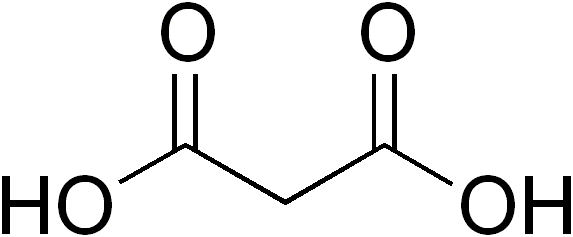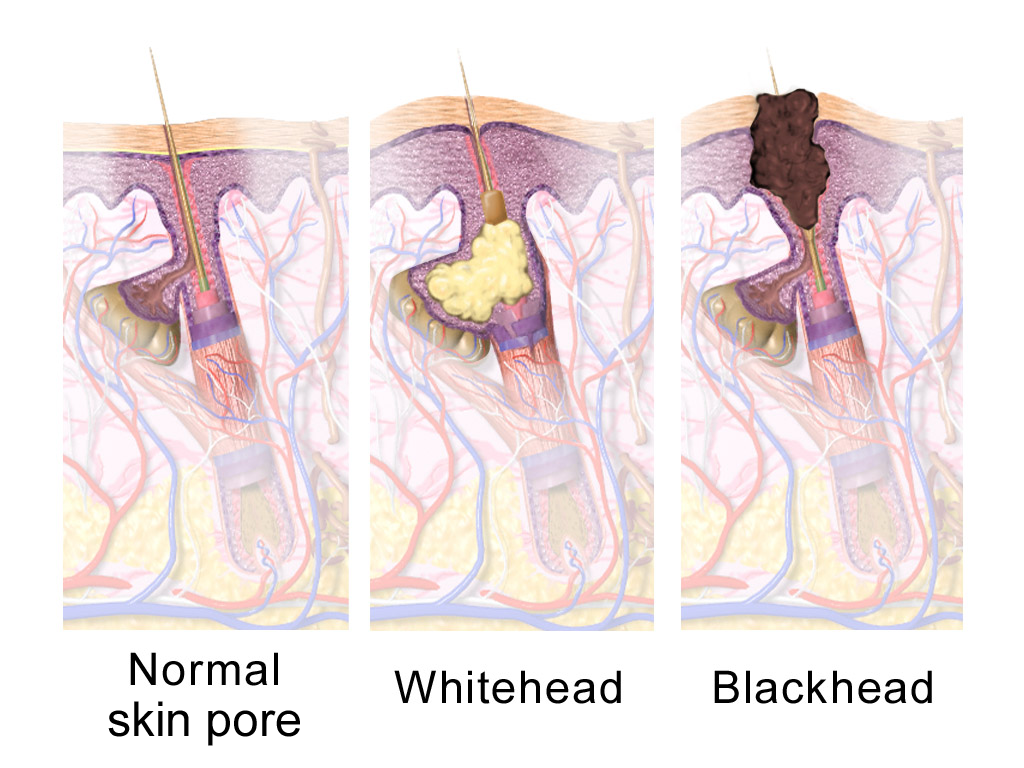|
Sebacic Acid
Sebacic acid is a naturally occurring dicarboxylic acid with the chemical formula . It is a white flake or powdered solid. ''Sebaceus'' is Latin for tallow candle, ''sebum'' is Latin for tallow, and refers to its use in the manufacture of candles. Sebacic acid is a derivative of castor oil. In the industrial setting, sebacic acid and its homologues such as azelaic acid can be used as a monomer for nylon 610, plasticizers, lubricants, hydraulic fluids, cosmetics, candles, etc. It can be used as a surfactant in the lubricating oil industry to increase the antirust properties of lubricating oils on metals. Production and reactions Sebacic acid is produced from castor oil by cleavage of ricinoleic acid, which is obtained from castor oil. Octanol and glycerin are byproducts. It can also be obtained from decalin via the a hydroperoxide, which rearranges to give a hydroxycyclodecanone, which dehydrates to give cyclodecenone, a precursor to sebacic acid. Sebacic acid has also been ... [...More Info...] [...Related Items...] OR: [Wikipedia] [Google] [Baidu] |
Dicarboxylic Acid
In organic chemistry, a dicarboxylic acid is an organic compound containing two carboxyl groups (). The general molecular formula for dicarboxylic acids can be written as , where R can be aliphatic or aromatic.Boy Cornils, Peter Lappe "Dicarboxylic Acids, Aliphatic" in Ullmann's Encyclopedia of Industrial Chemistry 2014, Wiley-VCH, Weinheim. In general, dicarboxylic acids show similar chemical behavior and reactivity to monocarboxylic acids. Dicarboxylic acids are usually colorless solids. A wide variety of dicarboxylic acids are used in industry. Adipic acid, for example, is a precursor to certain kinds of nylon. A wide variety of dicarboxylic acids are found in nature. Aspartic acid and glutamic acid are two amino acids found in all life. Succinic and fumaric acids are essential for metabolism. A large inventory of derivatives are known including many mono- and diesters, amides, etc. Partial list of saturated dicarboxylic acids Some common or illustrative examples : ... [...More Info...] [...Related Items...] OR: [Wikipedia] [Google] [Baidu] |
Sebaceous Gland
A sebaceous gland or oil gland is a microscopic exocrine gland in the skin that opens into a hair follicle to secrete an oily or waxy matter, called sebum, which lubricates the hair and skin of mammals. In humans, sebaceous glands occur in the greatest number on the face and scalp, but also on all parts of the skin except the palms of the hands and soles of the feet. In the eyelids, meibomian glands, also called tarsal glands, are a type of sebaceous gland that secrete a special type of sebum into tears. Surrounding the female nipples, areolar glands are specialized sebaceous glands for lubricating the nipples. Fordyce spots are benign, visible, sebaceous glands found usually on the lips, gums and inner cheeks, and genitals. Structure Location In humans, sebaceous glands are found throughout all areas of the skin, except the palms of the hands and soles of the feet. There are two types of sebaceous glands: those connected to hair follicles and those that ex ... [...More Info...] [...Related Items...] OR: [Wikipedia] [Google] [Baidu] |
Monocytes
Monocytes are a type of leukocyte or white blood cell. They are the largest type of leukocyte in blood and can differentiate into macrophages and monocyte-derived dendritic cells. As a part of the vertebrate innate immune system monocytes also influence adaptive immune responses and exert tissue repair functions. There are at least three subclasses of monocytes in human blood based on their phenotypic receptors. Structure Monocytes are amoeboid in appearance, and have nongranulated cytoplasm. Thus they are classified as agranulocytes, although they might occasionally display some azurophil granules and/or vacuoles. With a diameter of 15–22 μm, monocytes are the largest cell type in peripheral blood. Monocytes are mononuclear cells and the ellipsoidal nucleus is often lobulated/indented, causing a bean-shaped or kidney-shaped appearance. Monocytes compose 2% to 10% of all leukocytes in the human body. Development Monocytes are produced by the bone marrow from precur ... [...More Info...] [...Related Items...] OR: [Wikipedia] [Google] [Baidu] |
Eosinophils
Eosinophils, sometimes called eosinophiles or, less commonly, acidophils, are a variety of white blood cells and one of the immune system components responsible for combating multicellular parasites and certain infections in vertebrates. Along with mast cells and basophils, they also control mechanisms associated with allergy and asthma. They are granulocytes that develop during hematopoiesis in the bone marrow before migrating into blood, after which they are terminally differentiated and do not multiply. These cells are eosinophilic or "acid-loving" due to their large acidophilic cytoplasmic granules, which show their affinity for acids by their affinity to coal tar dyes: Normally transparent, it is this affinity that causes them to appear brick-red after staining with eosin, a red dye, using the Romanowsky method. The staining is concentrated in small granules within the cellular cytoplasm, which contain many chemical mediators, such as eosinophil peroxidase, ribonucl ... [...More Info...] [...Related Items...] OR: [Wikipedia] [Google] [Baidu] |
Structural Analog
A structural analog, also known as a chemical analog or simply an analog, is a chemical compound, compound having a chemical structure, structure similar to that of another compound, but differing from it in respect to a certain component. It can differ in one or more atoms, functional groups, or substructures, which are replaced with other atoms, groups, or substructures. A structural analog can be imagined to be formed, at least theoretically, from the other compound. Structural analogs are often isoelectronicity, isoelectronic. Despite a high chemical similarity, structural analogs are not necessarily functional analog (chemistry), functional analogs and can have very different physical, chemical, biochemical, or pharmacological properties. In drug discovery, either a large series of structural analogs of an initial lead compound are created and tested as part of a structure–activity relationship study or a database is virtual screening, screened for structural analogs of a ... [...More Info...] [...Related Items...] OR: [Wikipedia] [Google] [Baidu] |
Polyunsaturated Fatty Acid
In biochemistry and nutrition, a polyunsaturated fat is a fat that contains a polyunsaturated fatty acid (abbreviated PUFA), which is a subclass of fatty acid characterized by a backbone with two or more carbon–carbon double bonds. Some polyunsaturated fatty acids are essentials. Polyunsaturated fatty acids are precursors to and are derived from polyunsaturated fats, which include drying oils. Nomenclature The position of the carbon-carbon double bonds in carboxylic acid chains in fats is designated by Greek letters. The carbon atom closest to the carboxyl group is the ''alpha'' carbon, the next carbon is the ''beta'' carbon and so on. In fatty acids the carbon atom of the methyl group at the end of the hydrocarbon chain is called the ''omega'' carbon because ''omega'' is the last letter of the Greek alphabet. Omega-3 fatty acids have a double bond three carbons away from the methyl carbon, whereas omega-6 fatty acids have a double bond six carbons away from the methyl ca ... [...More Info...] [...Related Items...] OR: [Wikipedia] [Google] [Baidu] |
Fatty Acids
In chemistry, in particular in biochemistry, a fatty acid is a carboxylic acid with an aliphatic chain, which is either saturated or unsaturated. Most naturally occurring fatty acids have an unbranched chain of an even number of carbon atoms, from 4 to 28. Fatty acids are a major component of the lipids (up to 70% by weight) in some species such as microalgae but in some other organisms are not found in their standalone form, but instead exist as three main classes of esters: triglycerides, phospholipids, and cholesteryl esters. In any of these forms, fatty acids are both important dietary sources of fuel for animals and important structural components for cells. History The concept of fatty acid (''acide gras'') was introduced in 1813 by Michel Eugène Chevreul, though he initially used some variant terms: ''graisse acide'' and ''acide huileux'' ("acid fat" and "oily acid"). Types of fatty acids Fatty acids are classified in many ways: by length, by saturation vs unsat ... [...More Info...] [...Related Items...] OR: [Wikipedia] [Google] [Baidu] |
Squalene
Squalene is an organic compound. It is a triterpene with the formula C30H50. It is a colourless oil, although impure samples appear yellow. It was originally obtained from shark liver oil (hence its name, as '' Squalus'' is a genus of sharks). An estimated 12% of bodily squalene in humans is found in sebum. Squalene has a role in topical skin lubrication and protection. Most plants, fungi, and animals produce squalene as biochemical precursor in sterol biosynthesis, including cholesterol and steroid hormones in the human body. It is also an intermediate in the biosynthesis of hopanoids in many bacteria. Squalene is an important ingredient in some vaccine adjuvants: The Novartis and GlaxoSmithKline adjuvants are called MF59 and AS03, respectively. Role in triterpenoid synthesis Squalene is a biochemical precursor to both steroids and hopanoids. For sterols, the squalene conversion begins with oxidation (via squalene monooxygenase) of one of its terminal double bonds, ... [...More Info...] [...Related Items...] OR: [Wikipedia] [Google] [Baidu] |
Wax Esters
A wax ester (WE) is an ester of a fatty acid and a fatty alcohol. Wax esters are the main components of three commercially important waxes: carnauba wax, candelilla wax, and beeswax.. Wax esters are formed by combining one fatty acid with one fatty alcohol: :RCOOH + R'OH RCOOR' + H2O Some wax esters are saturated, and others contain unsaturated centers. Saturated wax esters have higher melting points and are more likely to be solid at room temperature. Unsaturated wax esters have a lower melting point and are more likely to be liquid at room temperature. Both fatty acids and fatty alcohols may be made of different carbon chain length. In the end, there are many different possible combinations of fatty acids and fatty alcohols and each combination will have a unique set of properties in terms of steric orientation and phase transition. The chain lengths of fatty acids and fatty alcohols in naturally occurring wax esters vary. The fatty acids in wax esters derived from plants ... [...More Info...] [...Related Items...] OR: [Wikipedia] [Google] [Baidu] |
Triglycerides
A triglyceride (from ''wikt:tri-#Prefix, tri-'' and ''glyceride''; also TG, triacylglycerol, TAG, or triacylglyceride) is an ester derived from glycerol and three fatty acids. Triglycerides are the main constituents of body fat in humans and other vertebrates as well as vegetable fat. They are also present in the blood to enable the bidirectional transference of Adipose tissue, adipose fat and blood glucose from the liver and are a major component of sebum, human skin oils. Many types of triglycerides exist. One specific classification focuses on Saturated and unsaturated compounds, saturated and unsaturated types. Saturated fats have ''no'' C=C groups; unsaturated fats feature one or more C=C groups. Unsaturated fats tend to have a lower melting point than saturated analogues; as a result, they are often liquid at room temperature. Chemical structure The three fatty acids substituents can be the same, but they are usually different. The positions of the three fatty acids a ... [...More Info...] [...Related Items...] OR: [Wikipedia] [Google] [Baidu] |
Lipids
Lipids are a broad group of organic compounds which include fats, waxes, sterols, fat-soluble vitamins (such as vitamins Vitamin A, A, Vitamin D, D, Vitamin E, E and Vitamin K, K), monoglycerides, diglycerides, phospholipids, and others. The functions of lipids include storing energy, lipid signaling, signaling, and acting as structural components of cell membranes. Lipids have applications in the Cosmetic industry, cosmetic and Food industry, food industries, and in nanotechnology. Lipids are broadly defined as Hydrophobe, hydrophobic or Amphiphile, amphiphilic small molecules; the amphiphilic nature of some lipids allows them to form structures such as vesicle (biology), vesicles, multilamellar/unilamellar liposomes, or membranes in an aqueous environment. Biological lipids originate entirely or in part from two distinct types of biochemical subunits or "building-blocks": :wikt:ketoacyl, ketoacyl and isoprene groups. Using this approach, lipids may be divided into eight catego ... [...More Info...] [...Related Items...] OR: [Wikipedia] [Google] [Baidu] |


